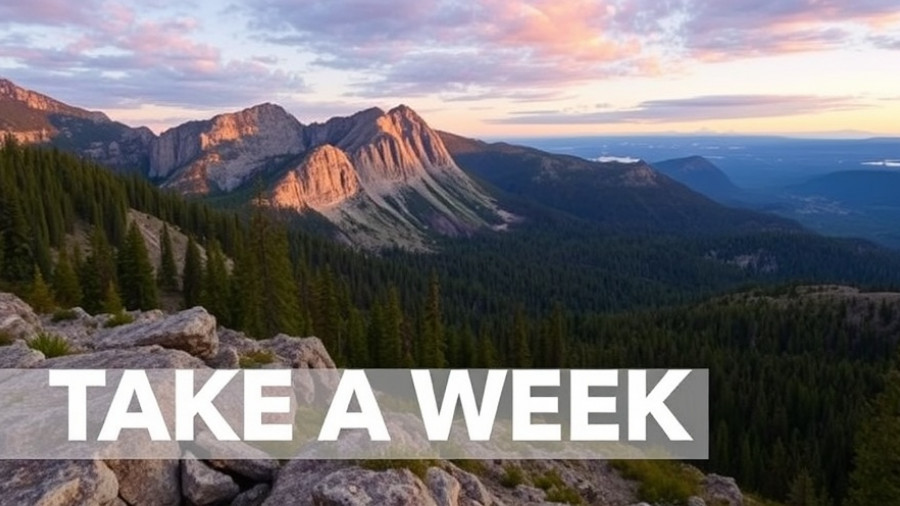
Discover the Magic of America’s Wildlife Refuges
When we think of America's natural beauty, we often picture towering national parks like Yellowstone and Yosemite. Yet, just beneath the radar lies another set of jewels—our National Wildlife Refuges. These sanctuaries not only shelter incredible biodiversity but also offer unique experiences that bring families closer to nature and each other. From the vibrant song of Sandhill Cranes in the Bosque del Apache to the serene waters of the Okefenokee, these lands are essential for conservation and enjoyment.
A Glimpse into the Past: The Birth of Refuges
The story of wildlife refuges begins over a century ago with Paul Kroegel, a passionate protector of birds. In 1903, he made a stand against plume hunters by offering protection to nesting Brown Pelicans. His determination led President Theodore Roosevelt to designate Pelican Island as the first federal refuge, paving the way for a nationwide network of over 573 refuges today. These lands cover more than 95 million acres, making them critical for numerous species and a testament to the enduring spirit of wildlife conservation.
The Importance of Refuges Today
Today, wildlife refuges are more than just beautiful landscapes; they play a crucial role in ecological health. Home to over 800 bird species and essential habitats for countless others, these areas rejuvenate our environment while providing economic benefits such as jobs and income for rural communities. Imagine taking your kids to witness a Bald Eagle in the wild or watching flocks of shorebirds at sunset. These experiences are not only thrilling but also serve as vital lessons about the importance of protecting our natural heritage.
Nature’s Classroom: Learning and Connecting
Visiting a wildlife refuge isn't just a day in the great outdoors; it's an opportunity for families to bond and learn together. Imagine giving your child the chance to observe how animals behave in their native environments. Refuges often provide educational programming, allowing children to connect with wildlife through guided tours, nature walks, and hands-on activities. For families, these moments spent to exploring nature foster emotional bonds and shape young conservationists who understand their responsibility towards the planet.
Facing Modern Challenges: How You Can Help
Even with their successes, wildlife refuges face numerous challenges including budget cuts, habitat loss, and the impacts of climate change. However, communities are coming together, showcasing innovative solutions such as collaborative water management projects with local tribes. As individuals, we can also make a difference by visiting these refuges, spreading awareness, and even volunteering. Every small action counts towards ensuring these sanctuaries thrive, helping wildlife to flourish and allowing future generations to appreciate their beauty.
Take Action: Visit Your Local Refuge
This week, why not plan a trip to a wildlife refuge near you? Listen for the calls of loons and ospreys, catch sight of colorful pelicans diving for fish, and immerse yourself in the grandeur of America’s landscapes. This experience not only supports wildlife but also gives you and your family a chance to create lasting memories. Wildlife refuges remind us of our beautiful planet and our role in protecting it—together, we can ensure they continue to thrive for years to come.
Take a moment this week to express your gratitude to the workers caring for these vital ecosystems. Together, we can celebrate and safeguard America’s most outstanding landscapes.
 Add Row
Add Row  Add
Add 






Write A Comment